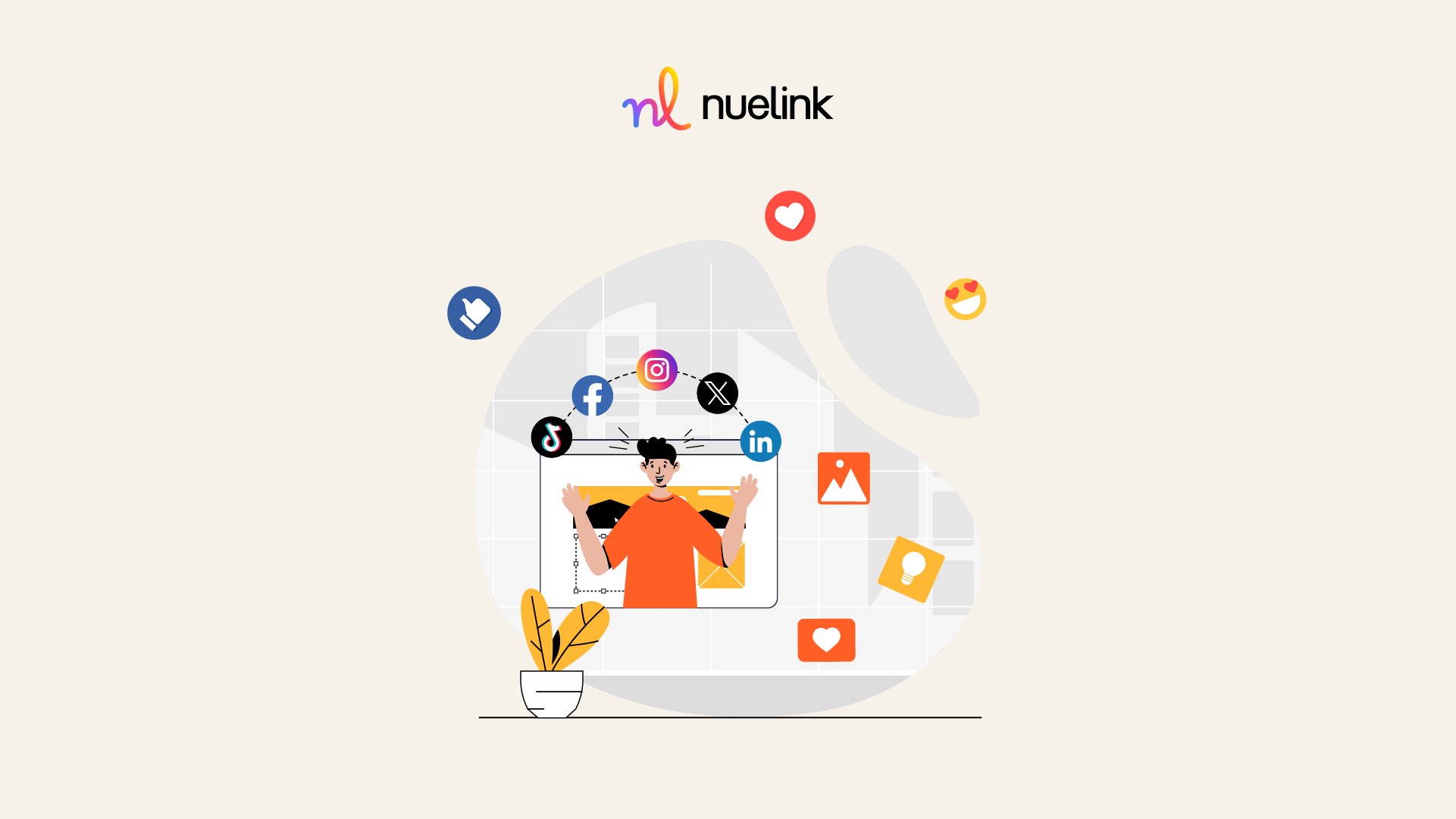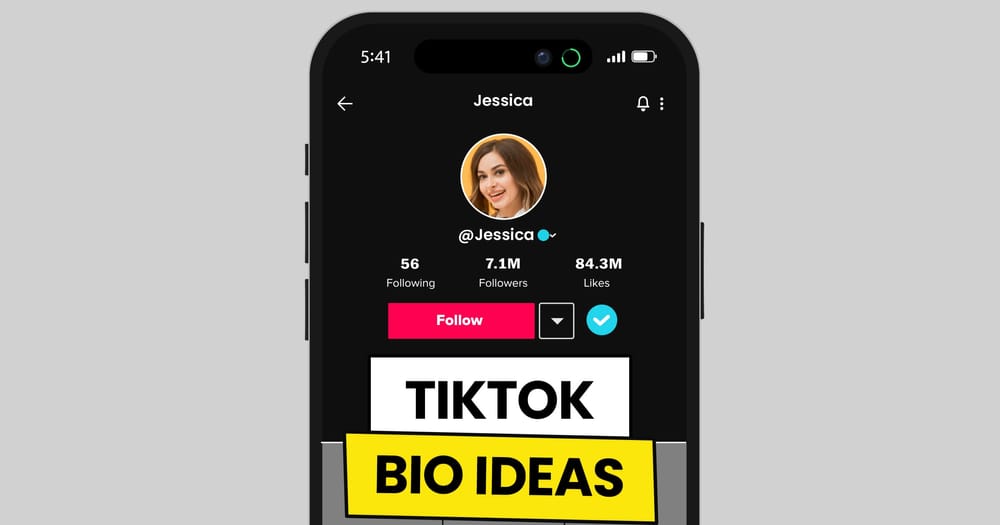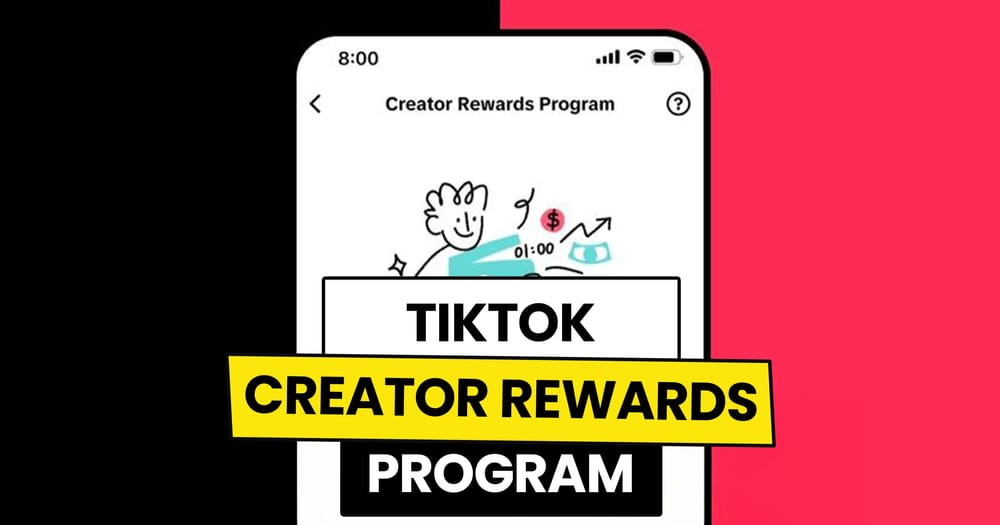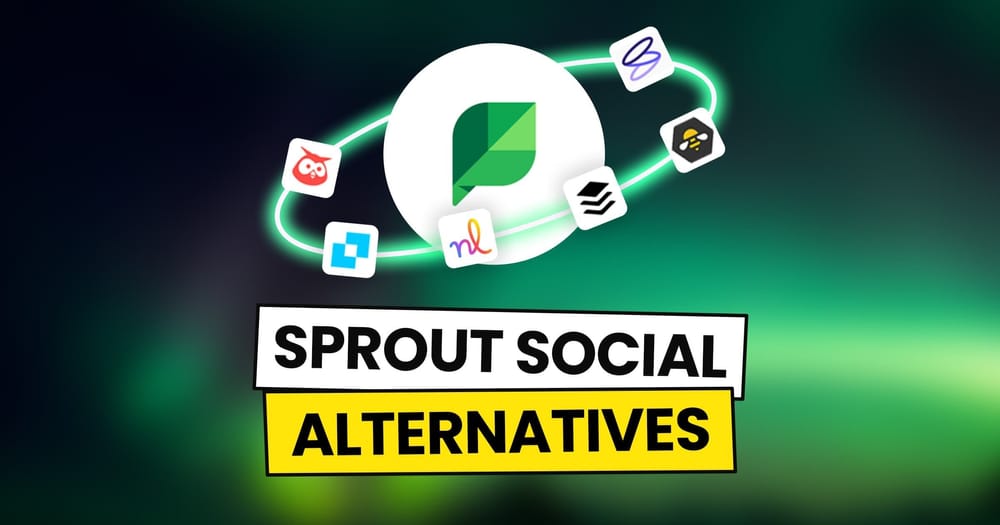As social media continues to evolve, one of the most elusive trends marketers face is “dark social.” Dark Social, for those wondering, refers to all the hidden interactions happening beyond the reach of public platforms, search engines, and marketing analytics tools.
Coined by Alexis C. Madrigal from The Atlantic, dark social highlights the idea that while public platforms like Facebook and Twitter showcase visible engagement, they represent only a small fraction of how people share content online. So, let’s dive deep into this concept:
- What is Dark Social?
- How Do Dark Social Channels Influence Your Brand?
- How Can You Measure the Impact of Dark Social?
- How to Leverage Dark Social for Your Brand Growth?
1. What is Dark Social?
Most social sharing may seem to happen on platforms like Facebook or Instagram, but the reality is quite different. These public interactions are just the tip of the iceberg.
Beneath the surface, a massive amount of sharing happens via private communication channels that we can’t easily measure. To put things into perspective, 32% of people aged 16-34 use dark social as their primary sharing method, and 46% of consumers aged 55+ share content only via dark social. Some common forms of dark social include:
- Private messages on social media, such as Facebook Messenger, Instagram DMs, or Twitter Direct Messages.
- Forwarded emails, where people share links or content with their networks.
- Messaging apps like WhatsApp, Slack, and Snapchat.
- SMS texts, where people share content in messages.
Since these channels are encrypted or private, it becomes impossible for marketers to track how and where the content is being shared, creating a blind spot in data analytics.
Dark social represents a significant portion of online engagement. As consumers increasingly use private platforms to communicate, this becomes a challenge for brands looking to understand how their content is being shared and consumed.
2. How Do Dark Social Channels Influence Your Brand?

While traditional analytics tools like Google Analytics may struggle to track the nuances of dark social, it still offers powerful advantages that marketers can harness.
The Power of Authenticity
The most significant benefit lies in the authenticity of dark social interactions. When content is shared privately, it creates a more intimate connection between the sharer and the recipient.
Dark social thrives on personal connections. Unlike public shares, which often aim for visibility and reach, private shares reflect a genuine endorsement. When someone chooses to share a link directly with a friend or a loved one, it signals that they believe in the value of that content enough to recommend it personally.
This kind of sharing is similar to word-of-mouth marketing, which is one of the most effective forms of promotion.
A private share often feels like a higher compliment than a public post, as it indicates that your content resonated with someone on a personal level. The individuals receiving these recommendations are more likely to engage with your brand, as they come with a built-in layer of trust.
Trust and Conversion Rates
When a trusted friend sends you a link via a dark social channel, you are far more likely to click on it compared to a link from an unknown source, that’s just a fact.
This trust factor is crucial, especially when it comes to sensitive actions like making a purchase or signing up for a newsletter. The recommendation of a trusted person significantly increases the likelihood that a user will complete the desired action.
By fostering a strong sense of community around your brand, you can encourage these personal shares, turning your customers into brand advocates or affiliates. When your audience feels connected to your brand and sees value in your offerings, they are more likely to share your content privately with their circles, amplifying your reach in a way that traditional marketing efforts cannot achieve.
3. How Can You Measure the Impact of Dark Social?
Measuring dark social is challenging, as it follows any specific metrics. Instead, the data you gather will often be estimations. To fully understand the impact of dark social on your content and marketing campaigns, it’s essential to employ a multi-faceted approach. Here are several effective strategies to consider:
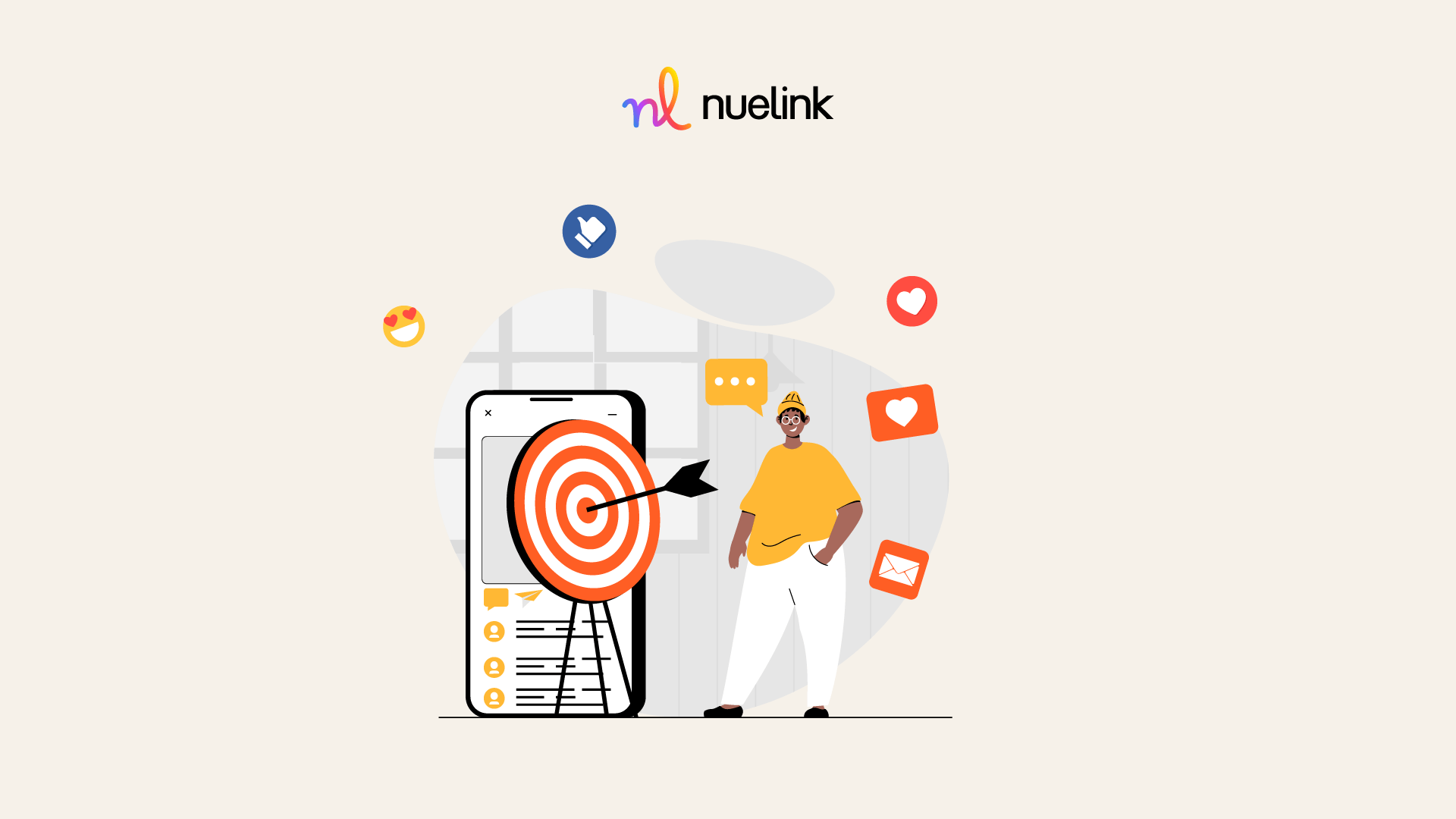
1. Link Shorteners
Link shorteners are a practical way to track traffic from dark social channels like messaging apps and email. By creating shortened URLs with customized tracking parameters, you can monitor clicks and analyze where your traffic is coming from.
This method allows you to estimate the volume of dark social shares and evaluate how your content performs in private settings. If you have robust social media management toot like Nuelink, you will have an access to a built-in link shortener.
2. Analytics Platforms
Pay close attention to traffic categorized as “direct” or “unknown.” These classifications often indicate users coming from dark social interactions. While this method won’t provide detailed insights, it can reveal the scale and impact of dark social shares, helping you understand its contribution to overall site traffic.
3. Surveys and Feedback
Directly asking your audience about their sharing behavior can provide valuable insights into dark social. Design surveys that inquire about sharing habits on private platforms like WhatsApp or Messenger, focusing on specific content or channels. You can simply survey sharing by creating free QR codes and linking the survey with the code
The data collected through these methods can illuminate patterns in dark social sharing and help quantify its influence.
4. UTM Parameters
Incorporating UTM (Urchin Tracking Module) parameters into your URLs is another effective way to track dark social traffic. These tags help identify the source of website traffic, and when shared via private messages, they remain intact.
5. Social Listening Tools
While dark social interactions often occur outside public platforms, social listening tools can still offer valuable insights. These tools monitor discussions, mentions, and trends related to your brand across social media.
Although they won’t capture every dark social interaction, these insights can help you identify trends and gauge overall brand engagement.
4. How to Leverage Dark Social for Your Brand Growth?
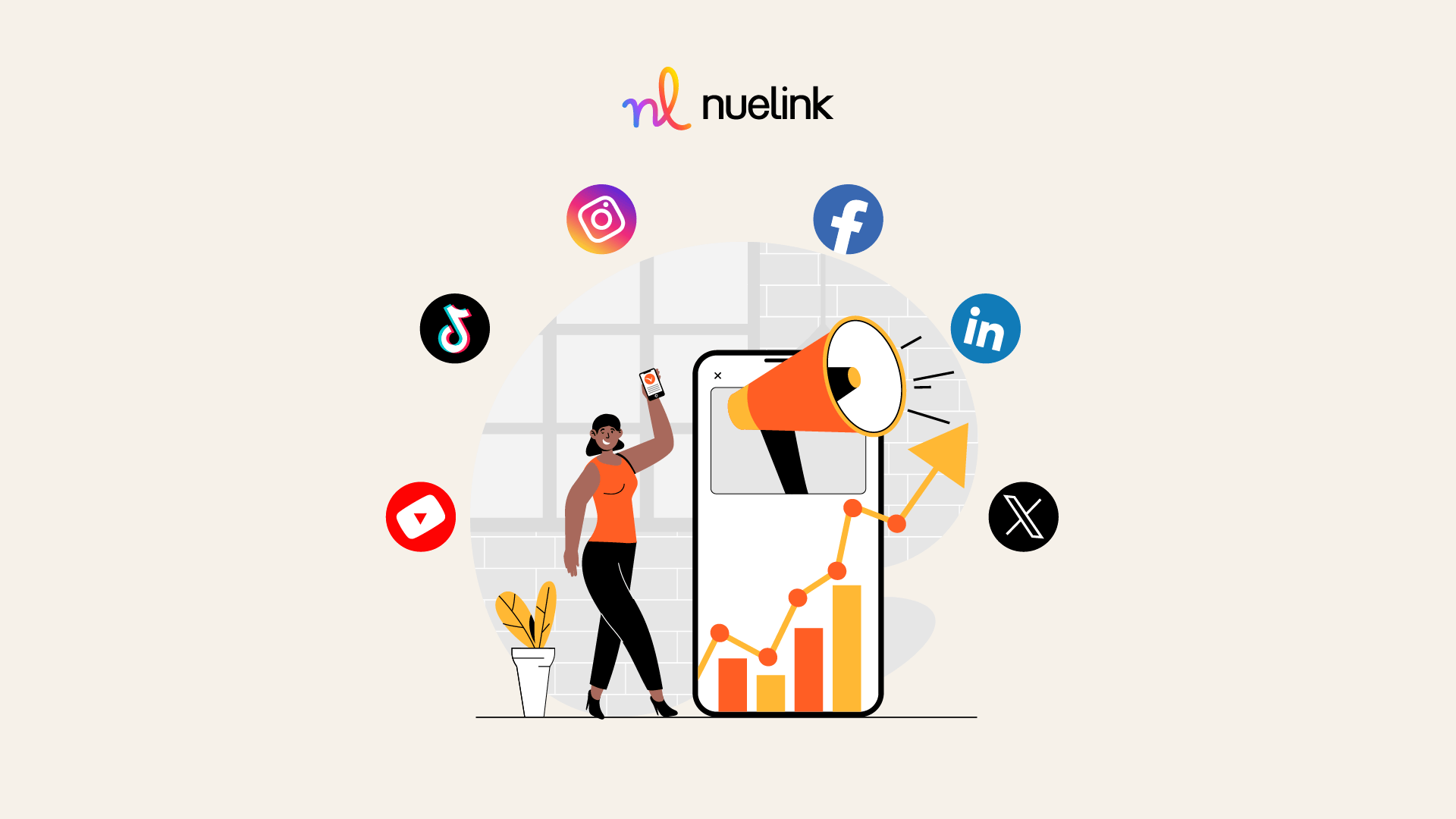
To effectively leverage dark social, you should focus on creating high-quality, shareable content that resonates with your audience. Here are a few strategies to consider:
Encourage Personal Sharing: Create content that prompts your audience to share it privately. Use calls-to-action that encourage users to send a link to a friend or colleague they think would benefit from your product.
Utilize Engaging Formats: Develop visually appealing and informative content, such as infographics or interactive posts, which are more likely to be shared in private messages. Here are a few Canva templates you will find useful.
Build Community: Cultivate a sense of belonging among your audience. Engage with them regularly through social media, forums, loyalty programs, or community events to strengthen their connection to your brand.
Leverage Testimonials and Case Studies: Share customer stories and testimonials that highlight the positive impact of your products or services. When users see real-life examples, they’re more inclined to share this content within their trusted circles. Speaking of which, check out some of our users’ success stories here.
Monitor Indirect Engagement: While direct tracking may be difficult, pay attention to indirect metrics such as referral traffic or increased sales following a campaign. These can provide insights into the effectiveness of your dark social strategies.
While exact tracking may be elusive, embracing these strategies will empower you to recognize the true value of dark social interactions, allowing you to refine your marketing approach and enhance your content strategy.
Understanding this hidden aspect of social sharing is crucial for optimizing your brand’s engagement and ultimately driving conversions.

